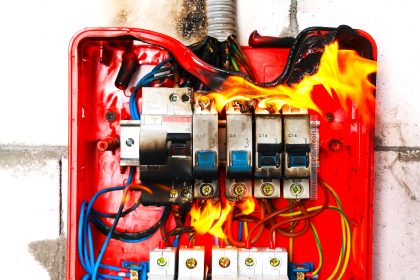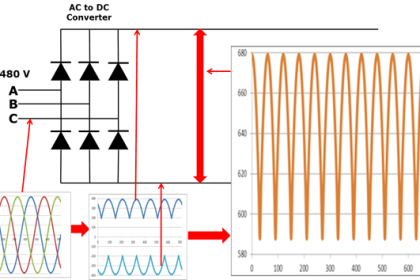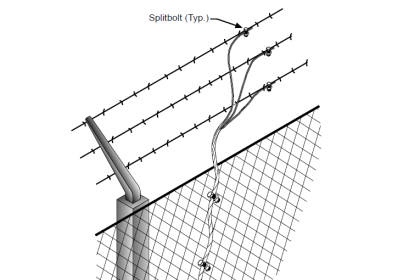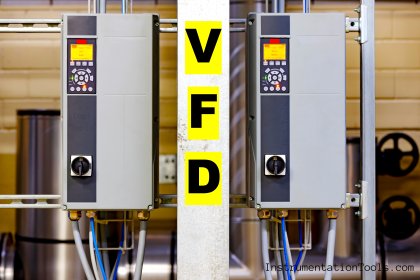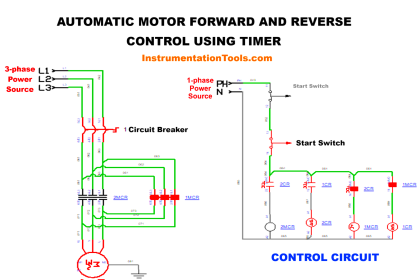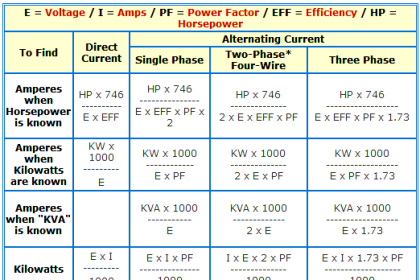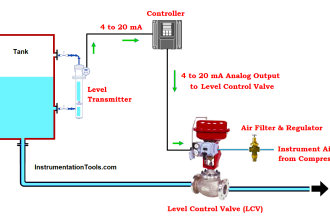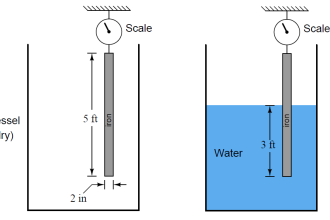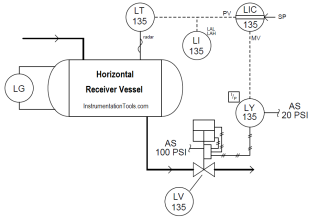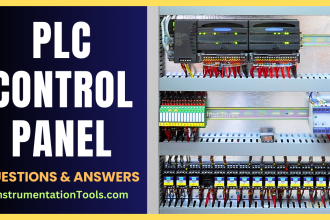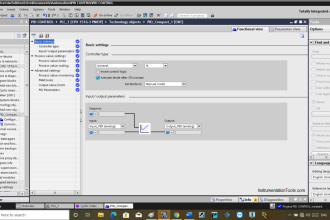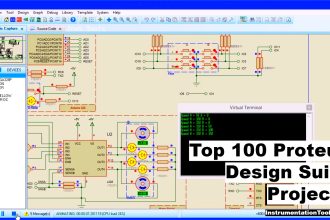Electrical power is always required to be measured in terms of power, current, voltage, or energy. These parameters help in understanding the behavior of electrical supply and can thus assist in proper engineering.
There are many devices in electrical engineering for measurement purposes, but the ones we will discuss here are used mainly to measure power and energy.
In this article, we will learn about two of the most commonly used devices – wattmeter and energy meter; and understand the difference between them.
What is a Wattmeter?
Electrical power is measured in Watts. The wattmeter has three major components – active power, reactive power and apparent power; the one which is used to measure the active electrical power (also known as true power or real power) present in a circuit is called a wattmeter. In simple terms, it will show you how much power is currently present in an electrical circuit, in Watts.
Power is derived by the formula – P=V*I*Power factor. Traditionally, if you connect the three meters in series – voltmeter, ammeter, and power factor meter, then you can get the value of power. But, instead of connecting three different meters, just use a single wattmeter. A wattmeter consists of a current coil and a pressure/voltage coil.
Refer to the below image for understanding. Let us first decode the short keys described – M stands for mains, L stands for load, C stands for common, V stands for voltage, CC stands for current coil, PC stands for pressure coil and VC stands for voltage coil. The current to be measured depends on the number of turns in the coil.
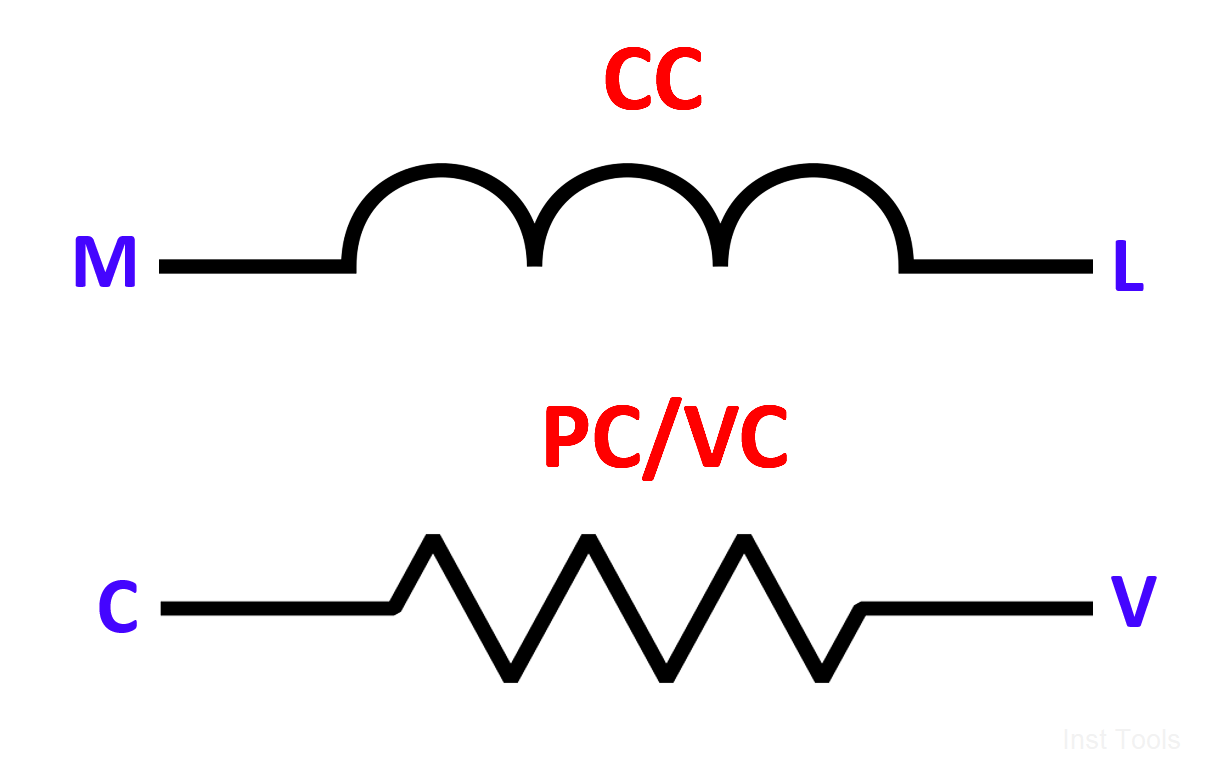
They must be numbered in such a way that they will provide low resistance and high inductance path, with the least voltage drop. This coil is always connected in series with the load.
The voltage to be measured depends on the resistance provided. It must be such that they provide high resistance and allow the least current to flow; thus showing voltage developed. It is connected in parallel with the load.
The load current through the current coil produces a magnetic field that is directly proportional to the current through the coil. This magnetic field can produce a torque in the pressure coil. A pointer is attached to the pressure coil and can move over a scale to show the power reading.
What is an Energy Meter?
Electrical energy consumption is measured in kilowatt-hours. An energy meter is an equipment which is used to measure electrical power or energy consumed in a circuit by the load. In simple terms, it will show you how much power is currently consumed by the load in an electrical circuit, in kWh.
Electrical energy consumption is derived by the formula – Energy = Integral of power with respect to the derivative of time. Basically, when you want to find out how much energy has been consumed by the load in one hour, then you will require an energy meter to measure it.
Here, one unit of energy is equal to one kilowatt of power consumed in one hour. They measure power first (in an energy meter, it is properly calculated as instantaneous power), and then it is integrated over a period of time.
The most commonly used type of energy meter is the induction one. An electromechanical induction-type energy meter works on the principle of a rotating magnetic field, which is produced by an AC current flowing through two magnetic coils.
Between these coils, a rotating magnetic disc is located. The emf is induced in the disc through the rotating magnetic field and it starts rotating. The rotation is proportional to the power consumed by the load.
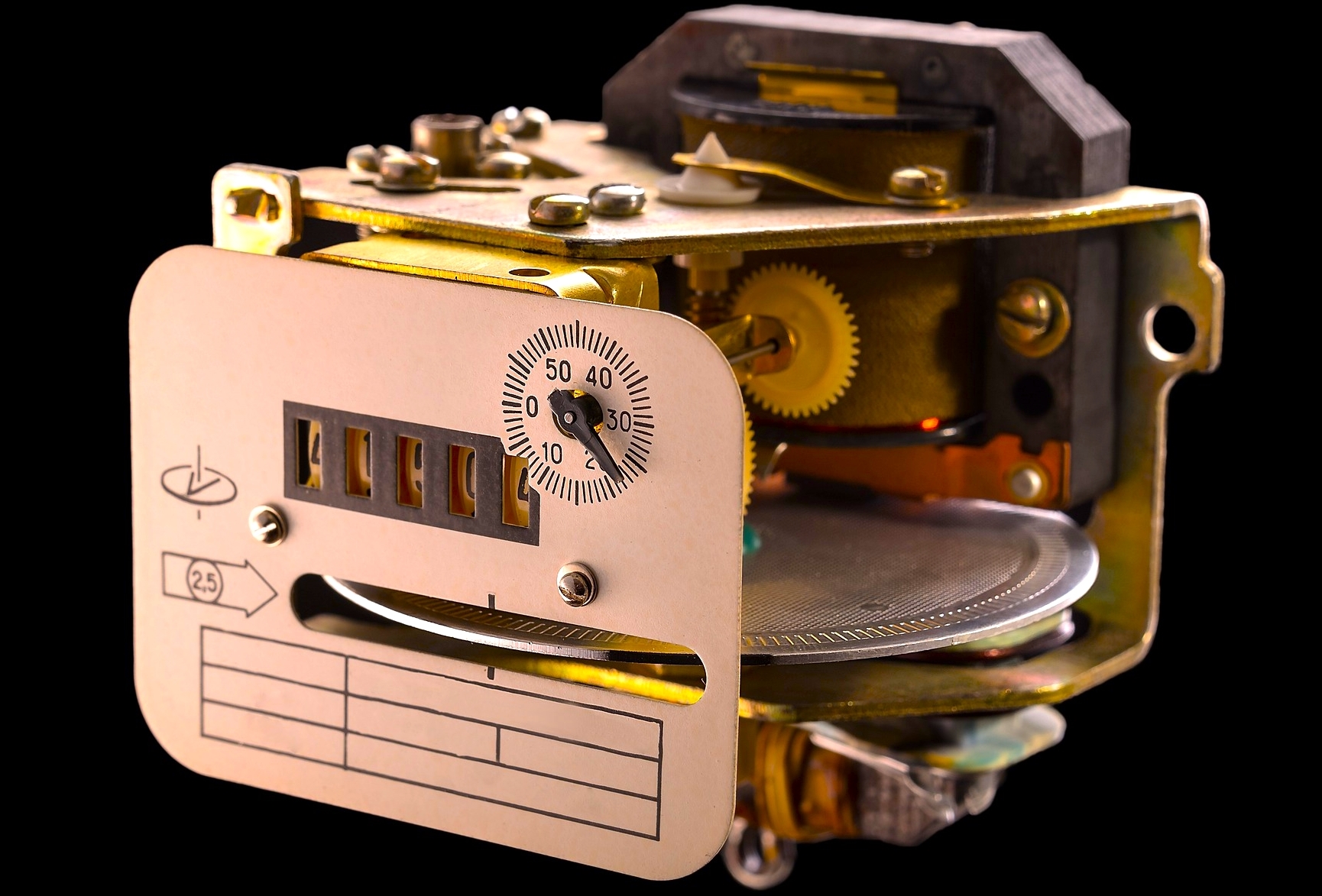
Difference Between Wattmeter and Energy Meter
Some of the main differences between a wattmeter and an energy meter are mentioned below.
- Wattmeter will just show the total power present in the circuit, but the energy meter will show the total actual power consumed by a circuit.
- Wattmeter measures in watts, whereas energy meter measures in kWh.
- There are two types of wattmeter namely electrodynamometer type wattmeter (for both DC and AC power) and induction type wattmeter (for AC power measurement), whereas the types of energy meters are electromechanical induction type energy meter, electronic energy meter, and smart energy meter.
- The major parts of a wattmeter are the current coil, pressure coil, damping system, control mechanism, scale, and pointer; whereas the major parts of an energy meter are: the current coil, voltage coil, rotating aluminum disc, breaking system, and counting mechanism.
- Wattmeter is generally used to measure the power ratings of a device, whereas an energy meter is used to measure electricity consumed by various units.
- The Wattmeter works on the principle that the force acts on the current-carrying conductor when it is placed in an electromagnetic field. Whereas, the energy meter works on the principle of conversion of electrical energy into mechanical energy.
If you liked this article, then please subscribe to our YouTube Channel for Electrical, Electronics, Instrumentation, PLC, and SCADA video tutorials.
You can also follow us on Facebook and Twitter to receive daily updates.
Read Next:
- List of Electrical Drawings
- Bus Coupler in Electrical Panel
- Servo Motor versus DC Motor
- PVC, XLPE, and Insulated Cables
- Difference between AC and DC

